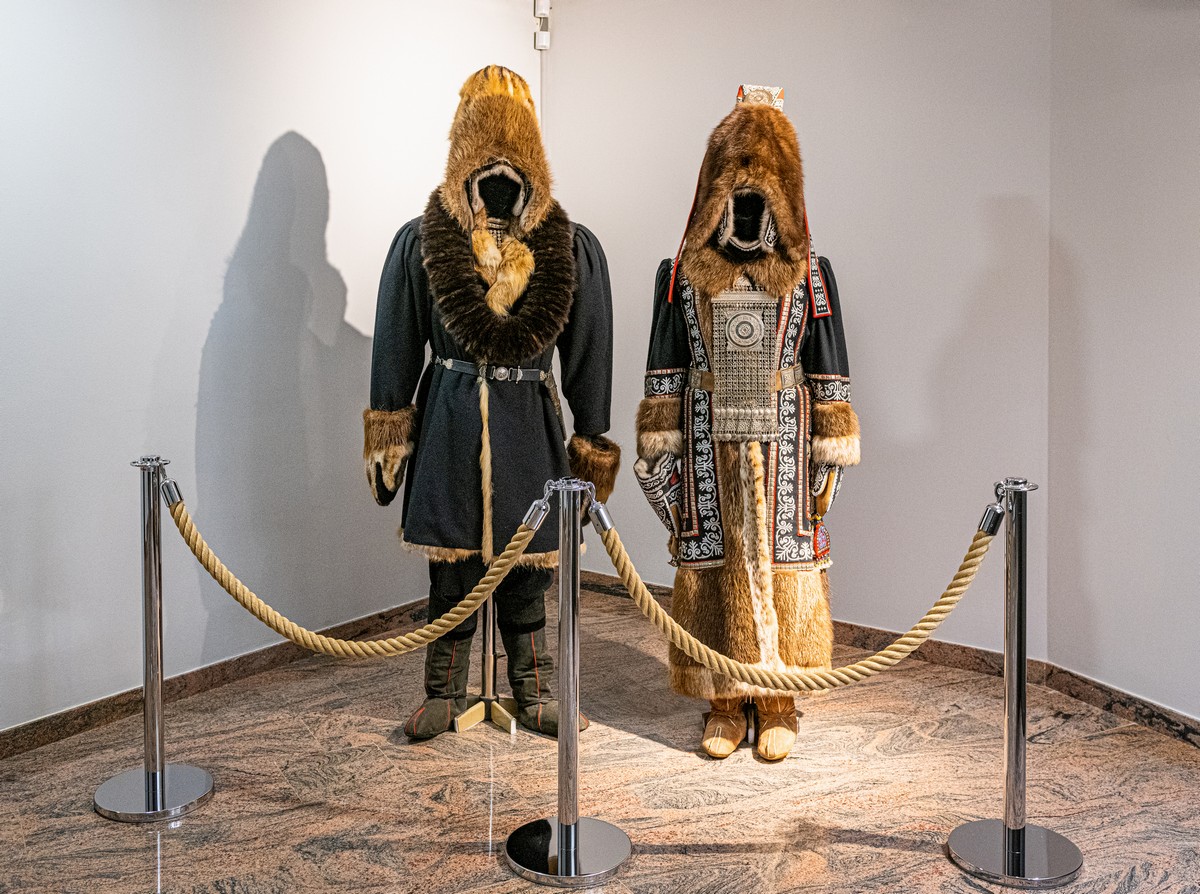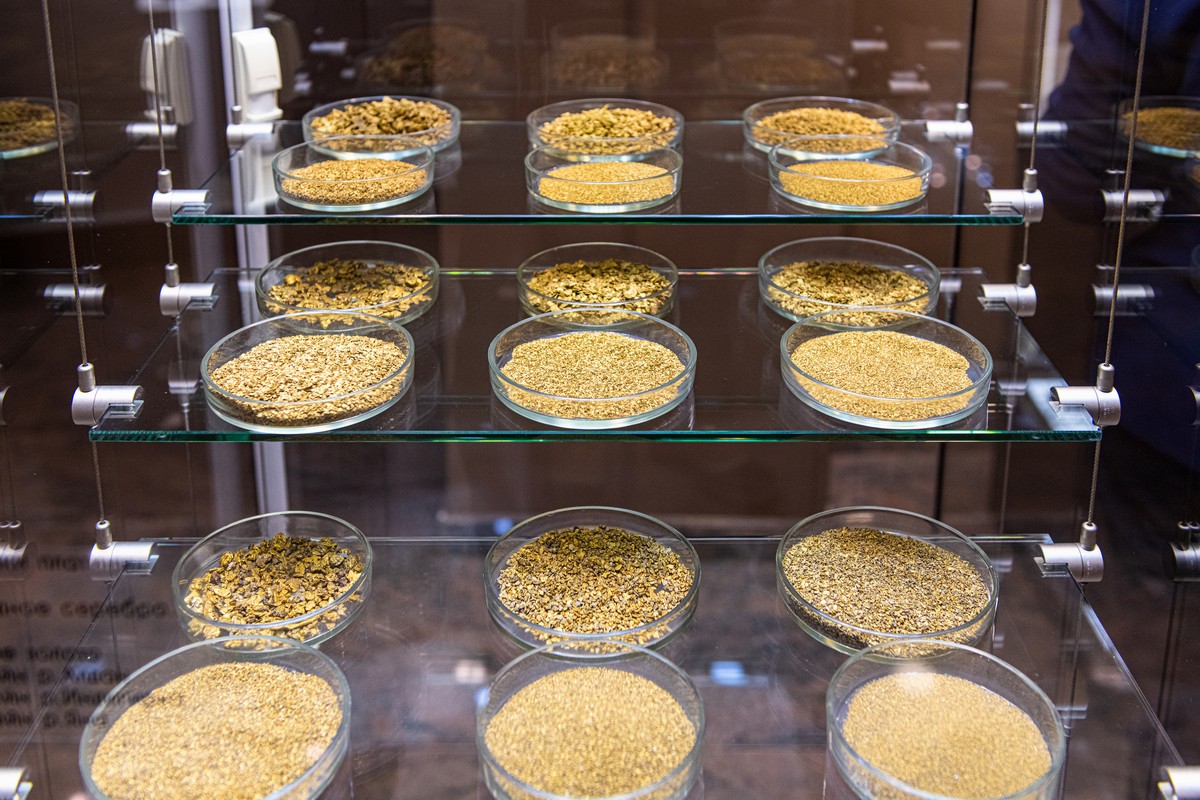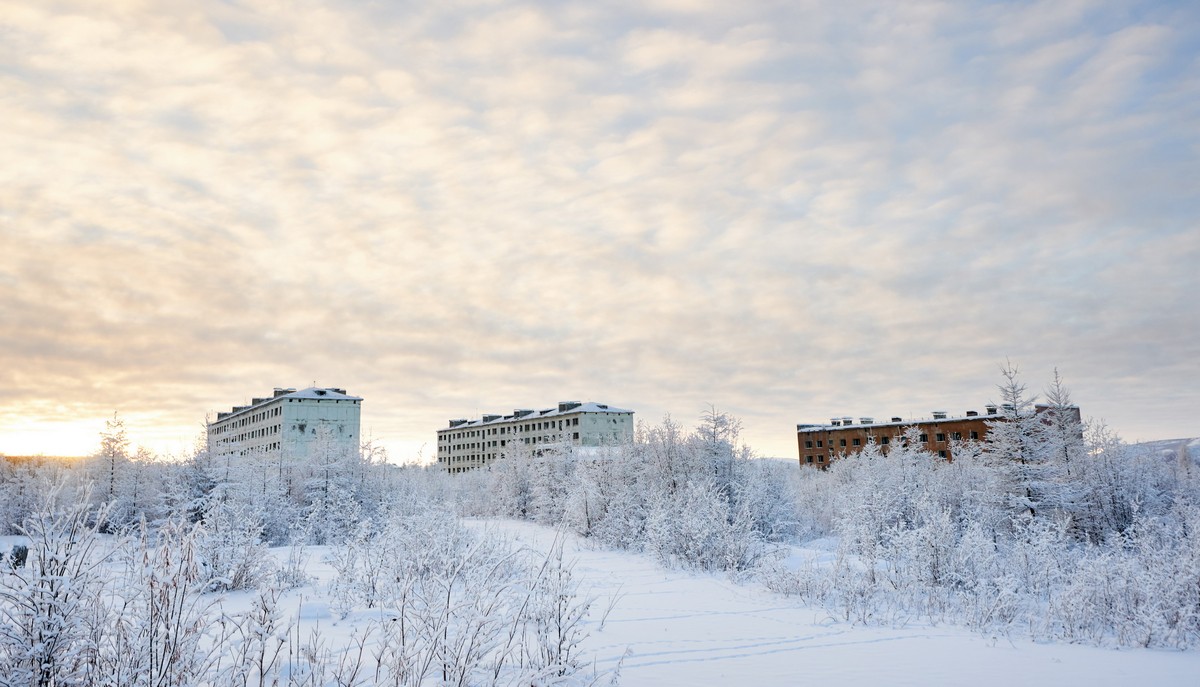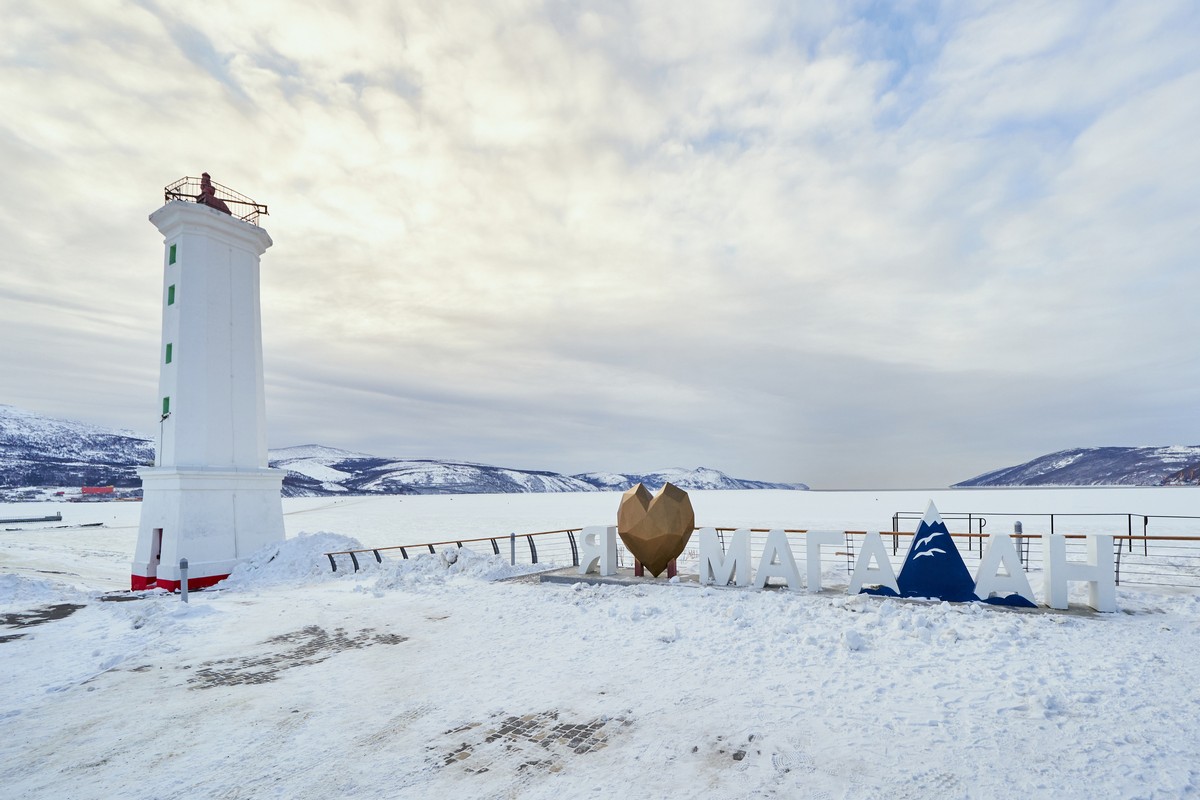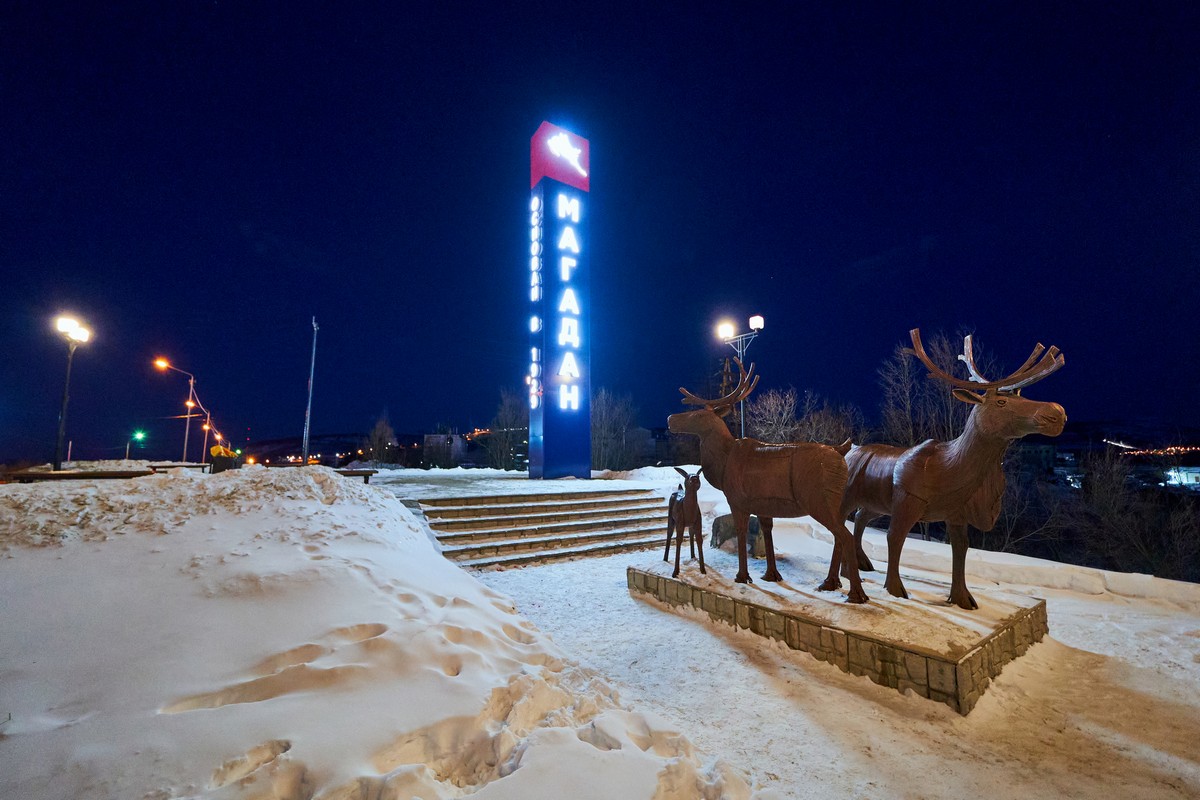Picking up again where we last left off – we finally made it to the a legendary Pole of Cold of the northern hemisphere – Oymyakon. I’d heard about it many times down the years as the world’s coldest settlement, and now – finally – I was to get myself there. Hurray! And now, after having been there, since I liked it so much – I want to go back already!…
Oymyakon. So, what gives. Remote? Check. Tiny? Check. Forgotten in the sands snows of time, run-down, and down-at-the-heel? No! The place is very much ‘alive’, with around 400–500 folks living there; the log cabins they live in are really rather decent; there’s centralized heating (as in – piped water arrives at each cabin already piping hot; not as in heated individually per cottage); there’s a stable supply of electricity; there’s satellite TV and there’s internet! Oh yes – and it’s very cold. The coldest ever officially recorded temperature was a little under -65°C. Incidentally – the hottest it’s ever been was almost +35°C! Woah: that’s a temperature range of more than 100 degrees centigrade!
I wrote above that Oymyakon is a Pole of Cold, not the Pole of Cold. I had to write that as there’s another contender for the coldest settlement in the northern hemisphere – the town of Verkhoyansk, which isn’t all that far away, relatively (what’s a thousand kilometers between rivals?:). Sure, we’d have liked to have checked out this challenger, but it is 800 kilometers from the highway, whereas Oymyakon is a mere 190 and the backroad to it is a real good one.
// Btw: about those 190 kilometers: I started to doubt their accuracy. From Tomtor to Oymyakon it’s 40km for sure, I remember that. But from the highway to Tomtor I’m certain our odometers read just 120; however, Yandex Maps gives 150km (meanwhile, Google Maps tells you not to take the (excellent) road we took, instead sending you in a huge circle round the other way – a journey of almost 800km!). So, what, the road was so hypnotic that the distance in kilometers was magically transformed into miles?!
Anyway, once in Oymyakon, it was time to start snapping. So my long-time, almost constant travel companions DZ and Petrovich and I did just that – started snapping. And the results aren’t bad at all ->
Oymyakon at night – our first pics upon arrival:
Read on…


